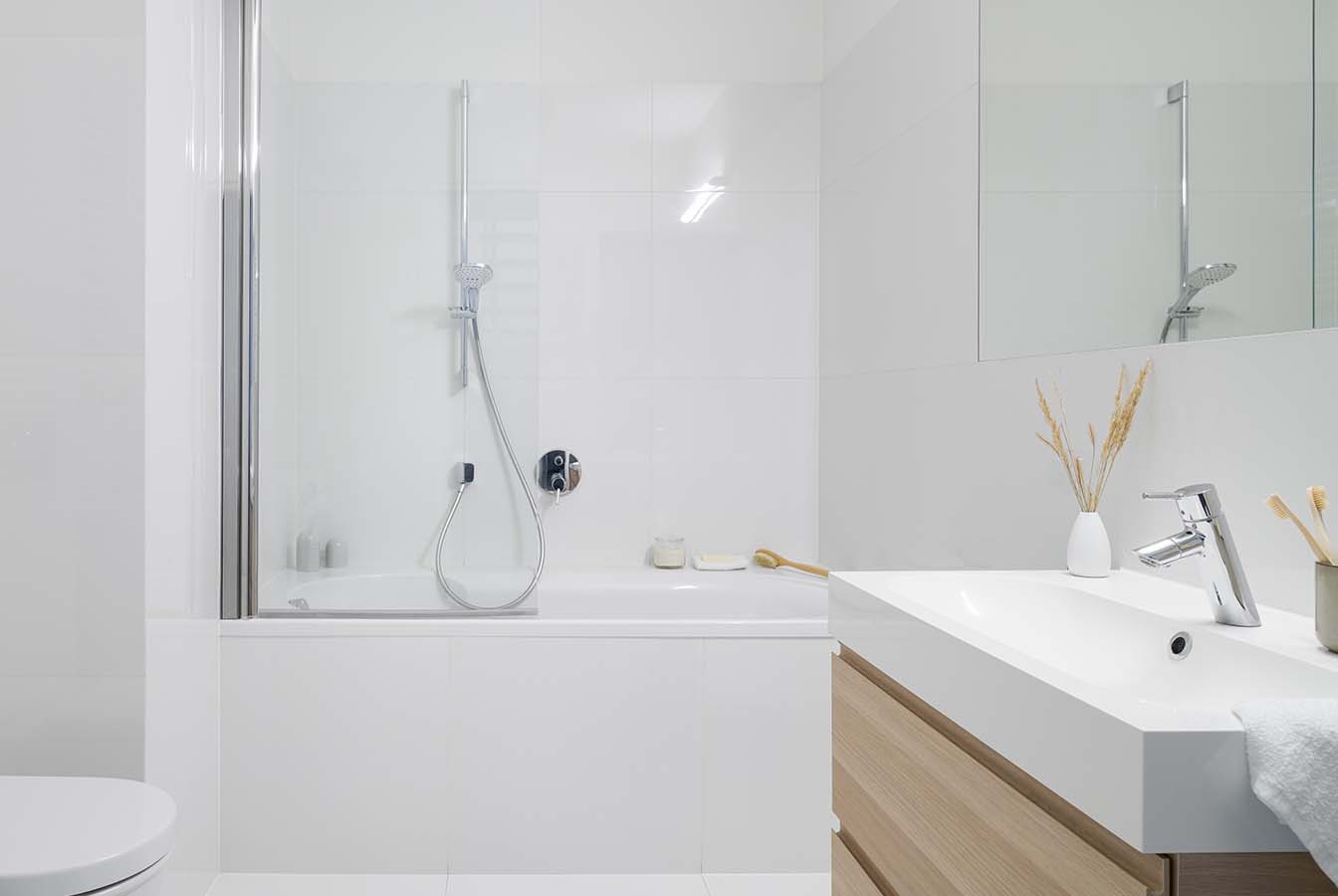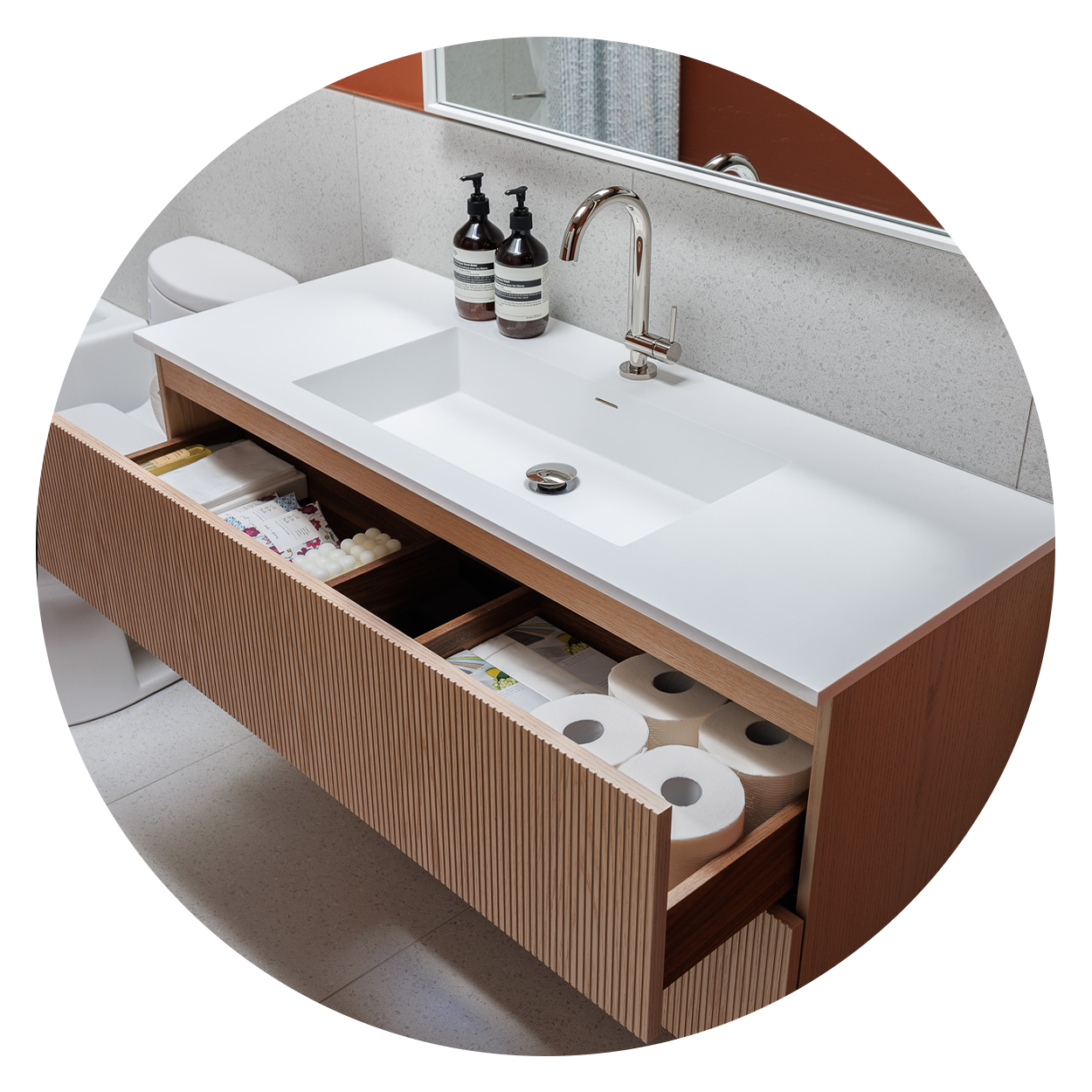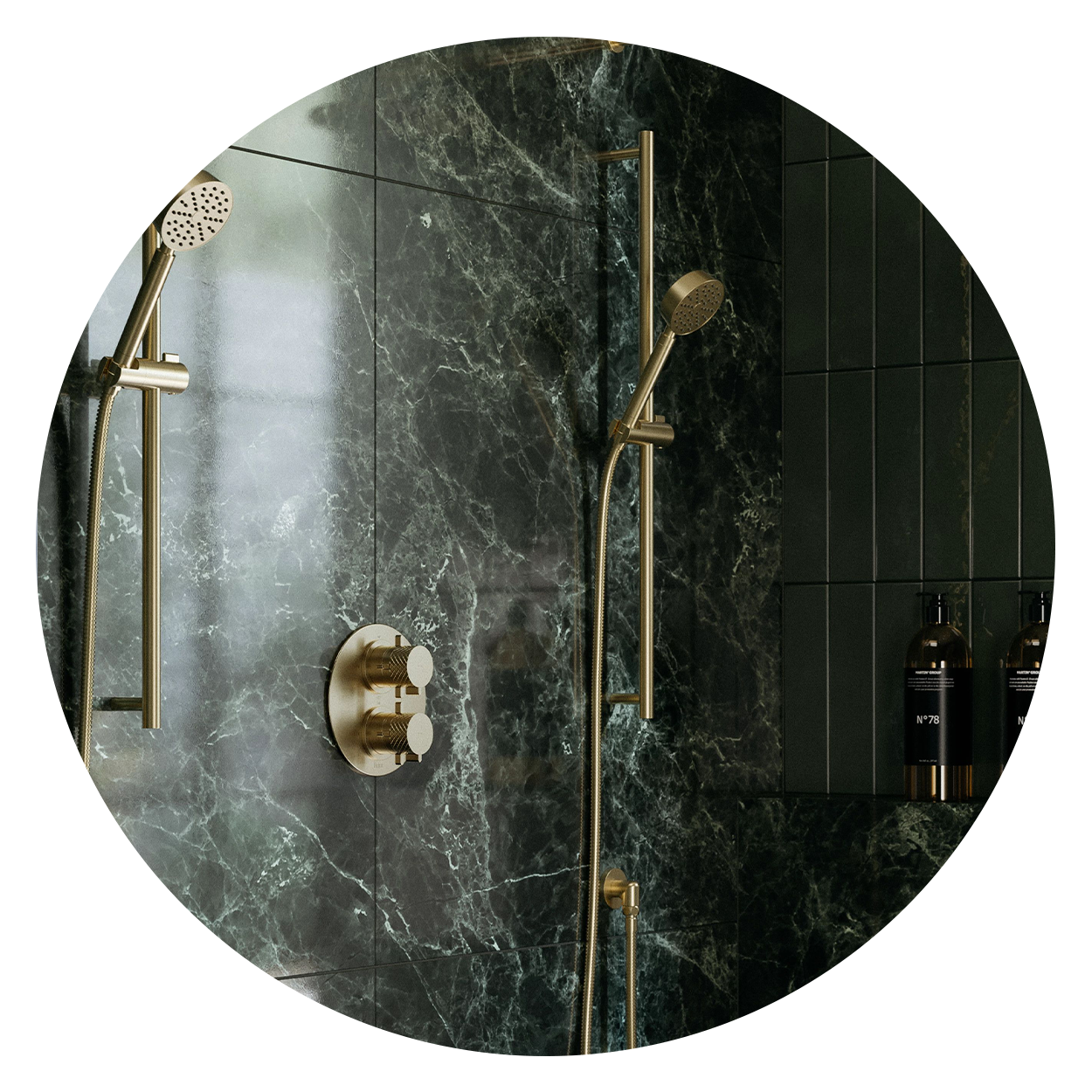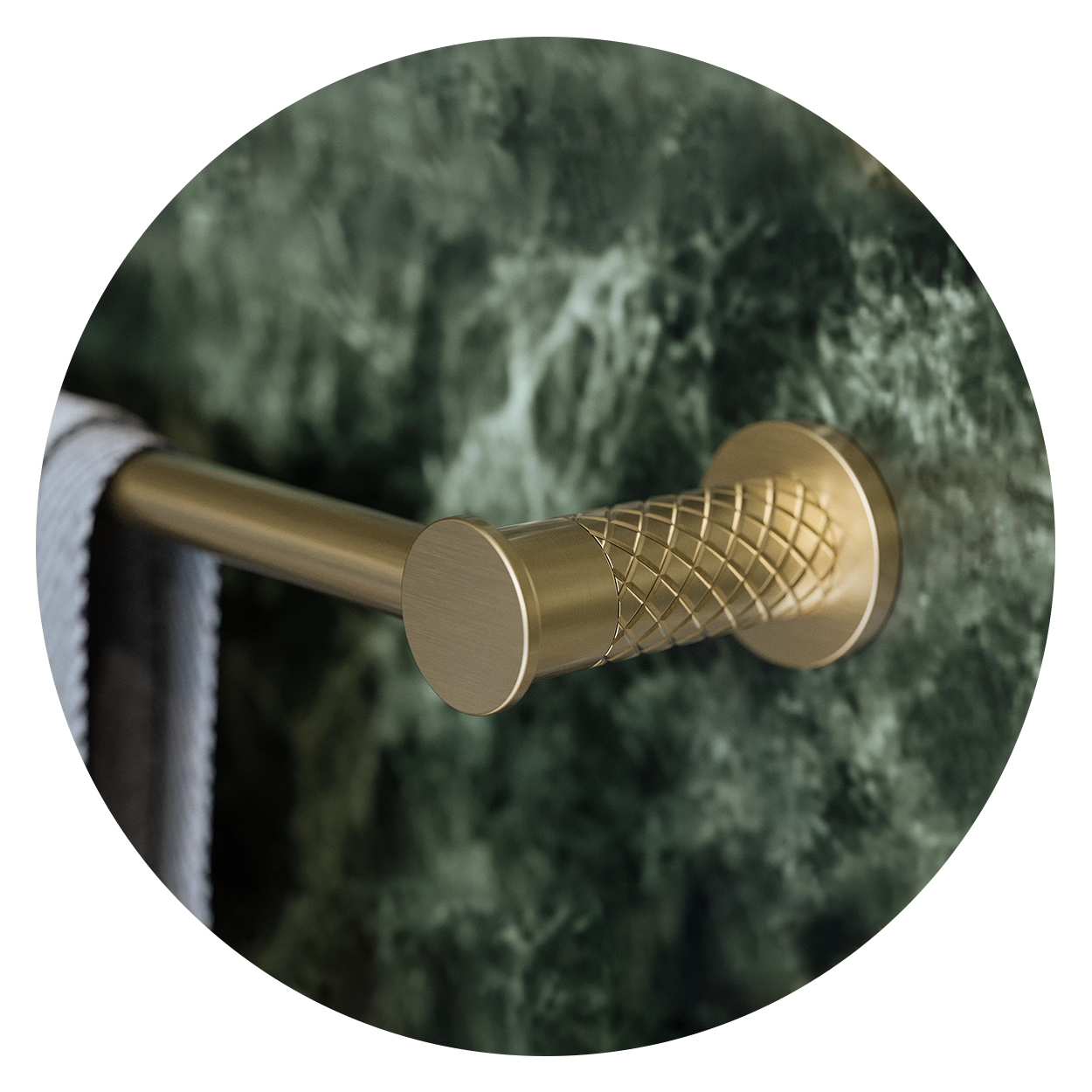
A Quick Bathtub Buying Guide: 3 Different Types of Bathtubs & Materials
For those who enjoy a spa retreat, there is nothing like the comfort of soaking into a warm bath after a long day. Not everyone has the time to, but for those that want to rejuvenate and reset with a little at-home spa experience, choosing the right type of bathtub makes a difference to the comfortability of your experience and the style of your bathroom. Don’t know where to start when you’re buying one? Here’s a quick general guide on some common bathtub styles and materials to get you started!
Before You Buy - Measure Your Bathroom Space
Before you get around to buying a bathtub, it’s important to know how much space you’re going to work with. Start by measuring the dimensions of where your bathtub will go and be sure it has ample space around it for maintenance and plumbing needs. Keep the surrounding areas in mind as well and make sure doorways, stairwells, and other access areas are wide enough to fit and maneuver through.

When you have assessed your situation, it’s time to look for the right tub. With your measurements and layout in mind, make sure that your tub easily accommodates the water lines and drain pipes. If you need to figure out how to realign your plumbing, it’s easier to figure it out in plan rather than doing the heavy lifting later. Be mindful of the material you are buying as well. Acrylic tubs for example, are easier to carry and install, whereas copper or stone tubs require additional floor reinforcements and an extra set of friends to help you carry it up if you plan to install it on the second floor.
What are the Standard Sizes for Bathtubs?
Bathtubs generally vary in lengths so there is no real "standard" one size fit all for all bathrooms. Normally, average sized bathtubs fall at about 60” in length, 32” wide, and usually have a soaking depth of 19”. Alcove tubs generally fall under here and are more or less around 60”. Larger bathtubs can be as long as 72” and as deep as 20”. Freestanding tubs can usually be around as long as this because it can take advantage of lots of free space. Meanwhile, you can also get bathtubs as small as 48”- 55” for very small bathrooms. Different sizes and styles fit different people so make sure to test so you know will be a comfortable fit.
What Are Some Common Types of Bathtubs?
Freestanding Tubs
Freestanding tubs usually sit as a centerpiece on the bathroom floor and aren’t connected to any wall surfaces (hence ‘free standing’). Because it can stand on its own, it takes advantage of an abundant floor space and can be placed anywhere on a floor plan where the plumbing can accommodate it. When placing them, you’d want to provide enough buffer space around it in case of regular cleaning or maintenance work. Freestanding tubs come in a variety of unique forms and shapes which makes them the most elegant choice for buyers.

Alcove Bathtubs
Contrary to the freestanding tub, alcove tubs are commonly found in most homes and are designed to be enclosed on 3 sides to fit in between recessed portions of a wall. Placement and designs of alcoves are limited since you need to find the exact size you need in order to fill in a wall niche. Alcove tubs are perfect for small bathrooms because it fills in voids without leaving dead space. They also provide added opportunity to install wall shower systems above them as extra functionality.

Drop-in Bathtubs
Drop-ins are in between freestanding and alcoves. Drop-ins can be placed in niches and anywhere provided that there is a finished structural deck that encloses the whole tub. Drop-ins can give a finished & permanent look to the bathroom, but it will take up additional space because of the structure built around it. Be mindful that drop-ins can be a hassle to maintain because you need to take off parts of the enclosure if you need to make plumbing adjustments.

What Are Some Common Bathtub Materials?
Acrylic Bathtubs
Acrylic is a common and long-standing material due to its durability and affordability. It comes in many ranges of shapes & forms and offers a lightweight form factor that makes it easy to carry and install. Acrylic surfaces are simple to clean and are very-non porous which makes them perfect for humid & wet environments. Acrylic bathtubs have the added benefit of being naturally warm for added comfortability.

Stone Resin Bathtub
Resin comes from a blend of stone and minerals that give tubs an elegant and natural appearance. Stone tubs come in simple sculptural forms and remain a popular choice for people who prefer a long lasting and luxurious tub. Resin tubs are heavier than most so make sure your floors are able to support having it around. They are non-porous, retain heat really well, and have the added benefit of being 100% sustainable. Because they are a luxurious option, resin tubs tend to be on the more expensive choices when it comes to materials.

Copper Bathtubs
Due to its metallic construction, copper tubs conduct and retain heat the best out of all the different tub materials. Like stone resin tubs, they are also very heavy so make sure the room is able to support the material’s load. Copper tubs are perfect if you’re inspired by more vintage tastes in your bathroom.

















